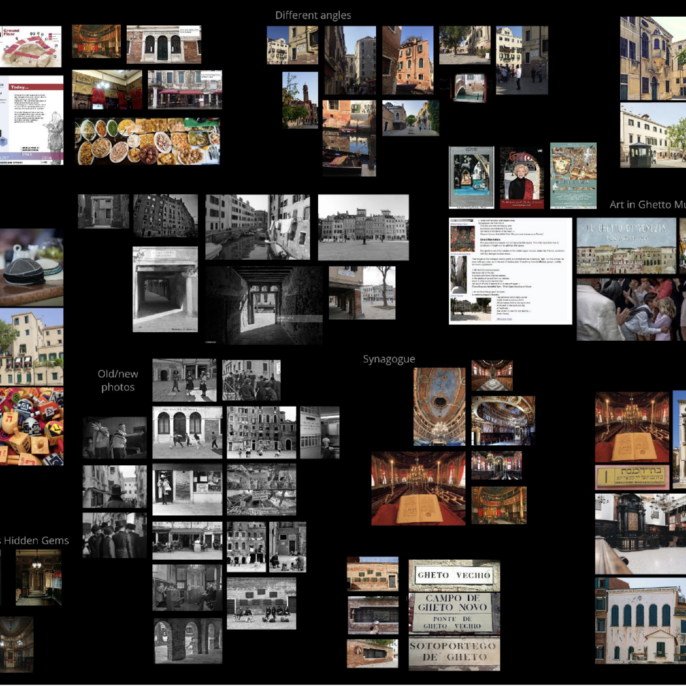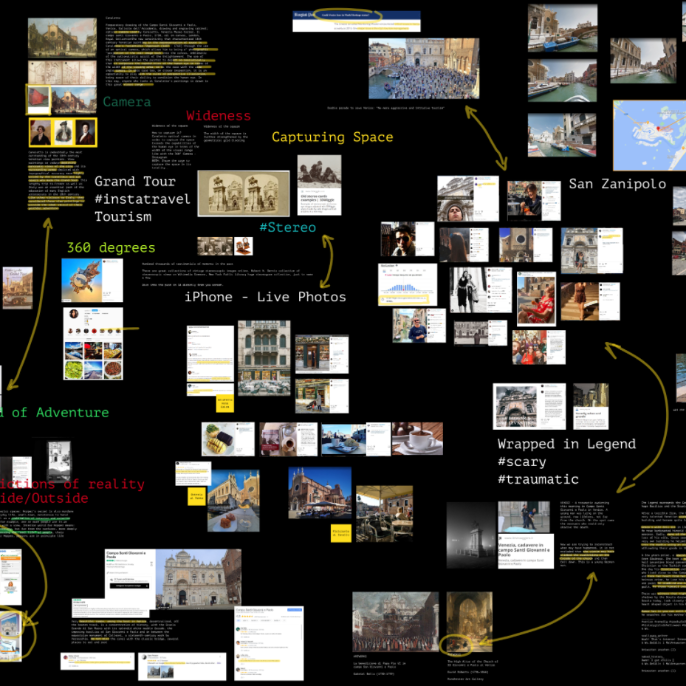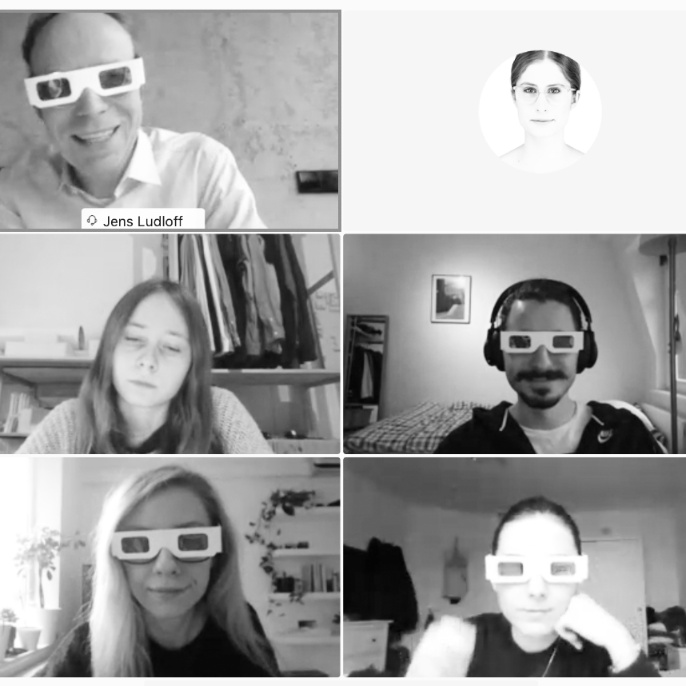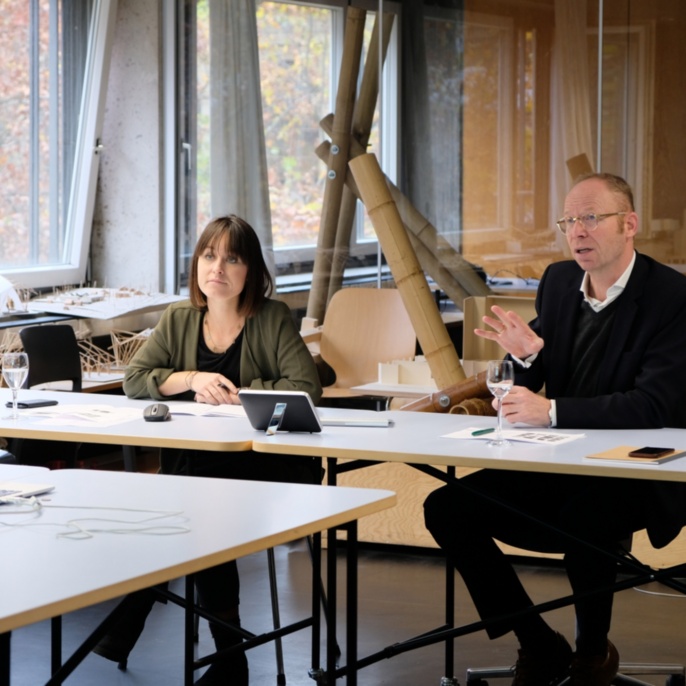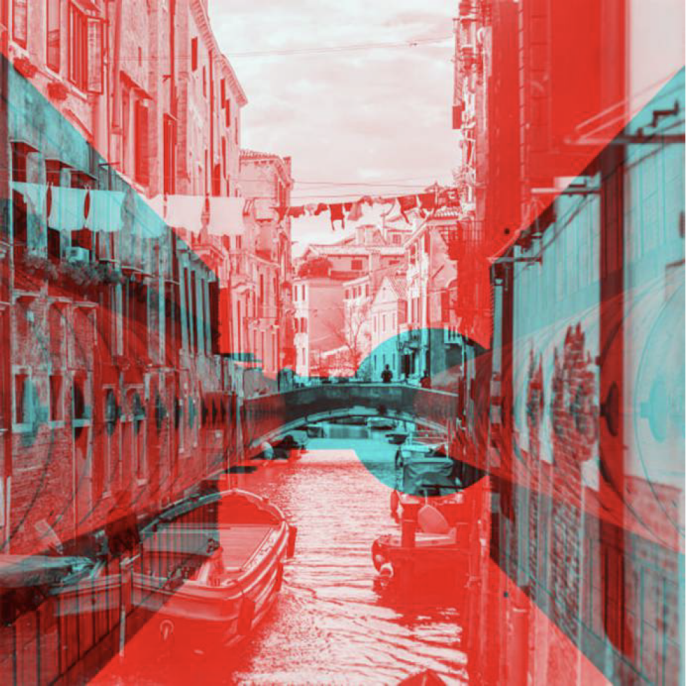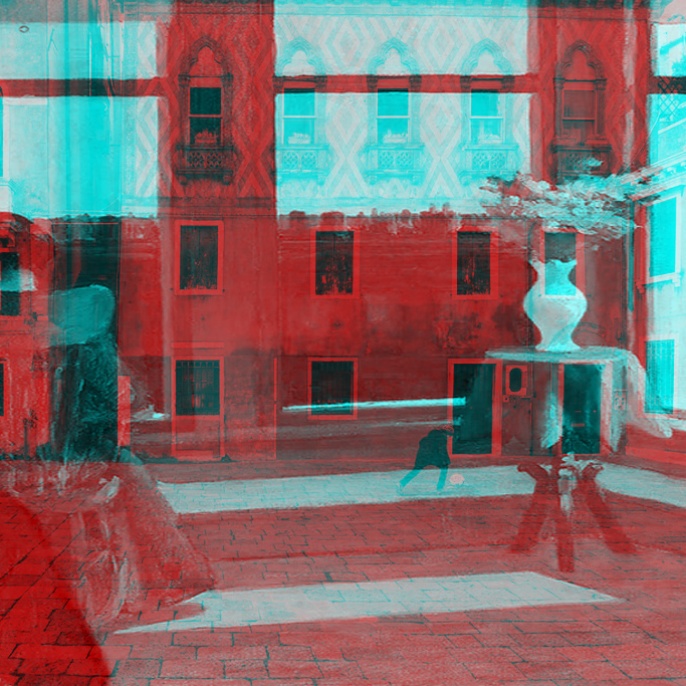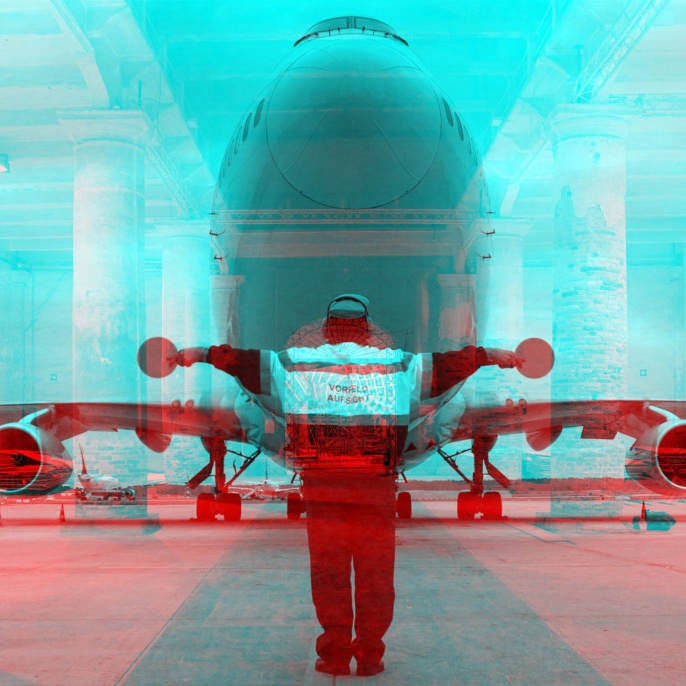Like hardly any other city, Venice can be read as a place of longing and thus at the same time as a symbol for the life and death of our cities (cf. Thomas Mann‘s novella „Death in Venice“ from 1911).
We want to analyse Venice as a special case in history and at the same time as a style-defining city typology. This takes place without a direct encounter with the place itself, this form of placeless analysis increases the utopian moment (utopia = placelessness), so that Venice experiences an increase in its form as a place of longing.
We do not primarily capture Venice through functional parameters. Because what defines a city cannot be described in a completely functional way. It is the simultaneity of many relevant and often contradicting aspects. Aspects that affect us aesthetically, aspects such as moods, atmospheres and breaks that are inscribed in our cities. Stories and events of the past, but also expectations of the future, shape the city both in its physical form and in its psychological appearance.
In preparation for our design task for La Regla, Habana, as part of the Caribbean Winter School 2021, we are looking for an analysis tool that does justice to the contradictions of the city.
Tools we want to use are inspired by the works of Oswald Mathias Ungers‘ technique of the „morphological approach“ to the city (cf. exhibition „MAN transFORMS“, New York 1976,“City Metaphors“) and the unfinished “Mnemosyne Atlas” started by Aby Warburg in 1927.
We are particularly interested in analysing the relationships in the city that are not clearly measurable and making them representable. In morphological structural studies we want to use „soft“ analytical tools such as private photographs, novels, historical and contemporary paintings, plans, drawings and sketches, to show the allegories and metaphors in the fabric of the city.
The aim of this form of analysis is to broaden our access to the city and to sensitize us to new topics, which we would like to call „aesthetics of the social“.
Betreuung: Lisa Breiner M.Sc.


